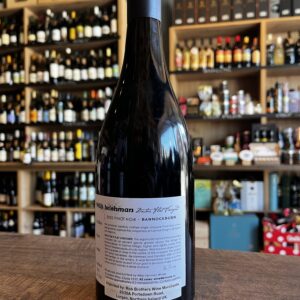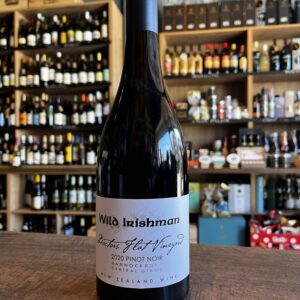-
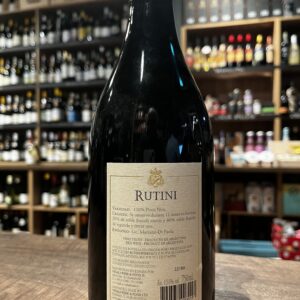
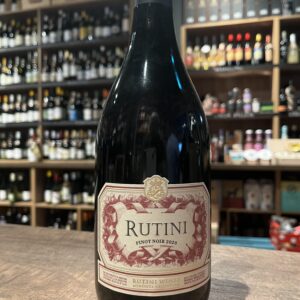 From the start, Felipe Rutini was guided by the motto “Labor and perseverance.” This attitude shaped the development of his wines, which became synonymous with superlative quality. Following his innovative spirit, in 1925 the winery began to plant vines in the Uco Valley. Uco Valley vineyards comprise over 400 hectares at an altitude of between 1,050 and 1,200 meters above sea level. An additional 120 hectares of fields that are currently being planted with vines will expand the winery’s possibilities for producing unique wines that are carefully tended to and nurtured from the very beginning. Very promising wines that need that leap of faith due to price. I suppose Mariano Di Paola being within the best 30 best winemakers in the world may have something to do with it... We do recomend it, just not everyday!
From the start, Felipe Rutini was guided by the motto “Labor and perseverance.” This attitude shaped the development of his wines, which became synonymous with superlative quality. Following his innovative spirit, in 1925 the winery began to plant vines in the Uco Valley. Uco Valley vineyards comprise over 400 hectares at an altitude of between 1,050 and 1,200 meters above sea level. An additional 120 hectares of fields that are currently being planted with vines will expand the winery’s possibilities for producing unique wines that are carefully tended to and nurtured from the very beginning. Very promising wines that need that leap of faith due to price. I suppose Mariano Di Paola being within the best 30 best winemakers in the world may have something to do with it... We do recomend it, just not everyday! -
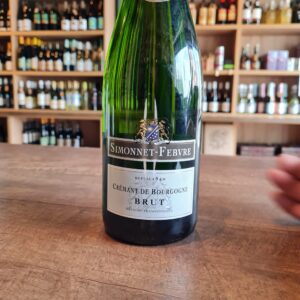 Simmonet-Febvre has been producing its wines with traditional methods since 1840. It is the only Maison in Chablis to produce Crémants of Burgundy. A harmoniously balanced wine with fine bubbles, a persistent foam and a wonderful length in the mouth. It is fresh and powerful on the nose with aromas of citrus. Drink this crémant as a chilled aperitif, as it comes or with a liqueur such as crème de cassis, and why not even drink it throughout a whole meal.
Simmonet-Febvre has been producing its wines with traditional methods since 1840. It is the only Maison in Chablis to produce Crémants of Burgundy. A harmoniously balanced wine with fine bubbles, a persistent foam and a wonderful length in the mouth. It is fresh and powerful on the nose with aromas of citrus. Drink this crémant as a chilled aperitif, as it comes or with a liqueur such as crème de cassis, and why not even drink it throughout a whole meal. -
Out of stock
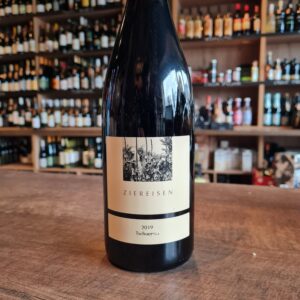 The Ziereisen winery in Efringen Kirchen in the Markgräflerland in Baden has meanwhile become an institution in its own right. Hanspeter Ziereisen originally trained as a carpenter and is therefore a real career changer who has never trained as a winemaker. His parents ran a mixed farm with pigs, cows and 0.5 hectares of vineyards. Overall, the place was characterized by part-time winegrowers who gave their grapes to the cooperative. The successor to the farm was initially uncertain, since none of the children wanted to continue it. In 1991, Hanspeter followed in his parents' footsteps with the clear goal of turning it into a winery. The small area yielded a first vintage of just 6000 bottles in 1993. Acquisitions and leases followed, and over time the business grew to today's 21 hectares. Hanspeter was interested in wine from an early age and so he tried a lot of the most interesting wines in the world. This is how he discovered his love for the red Burgundy. These are still the heart of the company today. With his style, Hanspeter Ziereisen encountered a lot of resistance. An individualist, as fellow winemakers call him, who doesn't want to produce pleasing wines, but independent ones. Spontaneous fermentation, long maceration times, long yeast storage, no filtration and the use of large and small wooden barrels - all this characterizes his style. This stubbornness or the clear definition of one's own style was also punished in the official wine testing. His wines did not fit the classic German profile and could therefore only be sold as country wines. Hanspeter Ziereisen stayed with his line and today his wines are their own brand. In the meantime a conscious decision in order to be able to design the wines in a way that corresponds to the philosophy and to be able to place the character of the wines in the foreground.
The Ziereisen winery in Efringen Kirchen in the Markgräflerland in Baden has meanwhile become an institution in its own right. Hanspeter Ziereisen originally trained as a carpenter and is therefore a real career changer who has never trained as a winemaker. His parents ran a mixed farm with pigs, cows and 0.5 hectares of vineyards. Overall, the place was characterized by part-time winegrowers who gave their grapes to the cooperative. The successor to the farm was initially uncertain, since none of the children wanted to continue it. In 1991, Hanspeter followed in his parents' footsteps with the clear goal of turning it into a winery. The small area yielded a first vintage of just 6000 bottles in 1993. Acquisitions and leases followed, and over time the business grew to today's 21 hectares. Hanspeter was interested in wine from an early age and so he tried a lot of the most interesting wines in the world. This is how he discovered his love for the red Burgundy. These are still the heart of the company today. With his style, Hanspeter Ziereisen encountered a lot of resistance. An individualist, as fellow winemakers call him, who doesn't want to produce pleasing wines, but independent ones. Spontaneous fermentation, long maceration times, long yeast storage, no filtration and the use of large and small wooden barrels - all this characterizes his style. This stubbornness or the clear definition of one's own style was also punished in the official wine testing. His wines did not fit the classic German profile and could therefore only be sold as country wines. Hanspeter Ziereisen stayed with his line and today his wines are their own brand. In the meantime a conscious decision in order to be able to design the wines in a way that corresponds to the philosophy and to be able to place the character of the wines in the foreground. -
Out of stock
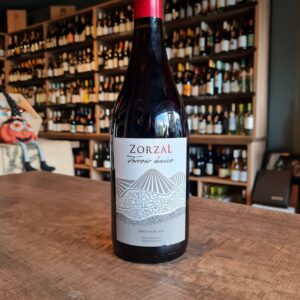
Founded in 2008 to promote the un-explored wine region of Gualtallary. The project is benefitting from investment in the best equipment and team possible. This new project is based on traditional winemaking, with medium scale production. Juan Pablo Michelini is responsible for the core of the concept, which revolves around majority of work being done in the vineyards. This combined with minimal intervention winemaking, best reflects the Gualtallary terroir.
Gualtallary is a remote place in the pre Andes, located in the Tupungato Department in the Northernmost sector of the Uco Valley in Mendoza. It is the highest altitude zone in the region, 1,200 to 1,600m above the sea level.
It has alluvial, primarily sandy soils with calcareous deposit and sectors with a presence of smooth round granitic riverbed stones, covered by calcium carbonate. The vineyard where this variety is grown is situated 1300 metres above sea level. It is a young vineyard, planted on chalky soils, with a very pronounced slope. This helps to keep the ground healthy, because there is no accumulation of water or frosts. The climate is mountainous, so we have a very wide temperature range, resulting in grapes with thicker skins considering it is a Pinot Noir.
The wines have lively, slightly austere profile, reflecting the soils and the altitude of the area. This hand harvested, single vineyard from Gualtallary is 100% Pinot Noir and is completely un-oaked to let the fruit driven quality of the wine shine. Great with and without food


